The history of GOA
|

|
|

Before the fifteenth century
|
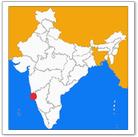 In the fifteenth century, Goa was an important trading port of the west coast of India. Located on strategic trade routes in the Indian Ocean, this port was under the control of Muslims (1482: reign of the King of Bijapour) who owned the exclusive right to transport eastern products. In the fifteenth century, Goa was an important trading port of the west coast of India. Located on strategic trade routes in the Indian Ocean, this port was under the control of Muslims (1482: reign of the King of Bijapour) who owned the exclusive right to transport eastern products.
|

The arrival of portuguese with Albuquerque
|
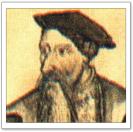 Portuguese landed in 1510 with Alfonso de Albuquerque. After facing the troops of King Bijapour, Albuquerque entered the city, and massacred the entire Muslim population. Portuguese landed in 1510 with Alfonso de Albuquerque. After facing the troops of King Bijapour, Albuquerque entered the city, and massacred the entire Muslim population.
Alfonso de Albuquerque belongs to the great portuguese conquestadors. Following Vasco da Gama - who had discovered the road to the India via the Cape of Good Hope in 1498 - Albuquerque decided to make of Goa the first portuguese location in Asia. Its objective is then to use Goa as a port for trade and a repairing center for vessels (the trip from Lisbon to Goa last around 7 to 8 months). Goa would indeed become a common port for both economies : East and West. To help the integration, he encourages his men to marry native women and to settle as farmers, merchants or craftsmen.
Goa became the capital of the Portuguese empire in the East. "Who has seen Goa no longer need to see Lisbon" says one Portuguese proverb. In the sixteenth century, all goods across East were available in the bazaar of Goa: pearls, porcelain, silk from China, drugs, spices from Malay the archipelago and also slaves sold at auction in the main streets.
|

Saint-Francis Xavier
|
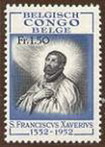 At around 7000 km from Goa, Francis Xavier, was born in Paris in 1506. In 1534, he decided to base the order of Jesuits. Ordained as a priest, he was appointed to convert the people of the Orient. He landed in the city of Goa on May 6, 1542 and started a colossal work of evangelization so that at his death (1556), his remains will be kept in Goa, in the Basilica of Bom Jesus. At around 7000 km from Goa, Francis Xavier, was born in Paris in 1506. In 1534, he decided to base the order of Jesuits. Ordained as a priest, he was appointed to convert the people of the Orient. He landed in the city of Goa on May 6, 1542 and started a colossal work of evangelization so that at his death (1556), his remains will be kept in Goa, in the Basilica of Bom Jesus.

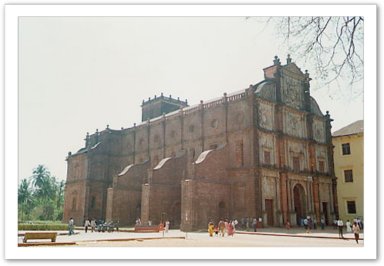
|

From 1600 to 1800
|
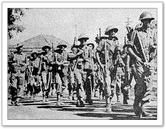 The arrival of Dutch in Indian seas led to a gradual destruction of Goa. Between 1603 and 1639, they tried to command the city, but failed to take it. In 1635, Goa was devastated by an epidemic.
The period from 1695 to 1775 was marked by numerous attacks mainly between indigenous Mogholes and Marathes so that the seat of the government was moved to Panjim. The population during this period decreased significantly from 20 000 to 1600 people, and in 1835, Goa was habited only by a few priests, monks and nuns.
The arrival of Dutch in Indian seas led to a gradual destruction of Goa. Between 1603 and 1639, they tried to command the city, but failed to take it. In 1635, Goa was devastated by an epidemic.
The period from 1695 to 1775 was marked by numerous attacks mainly between indigenous Mogholes and Marathes so that the seat of the government was moved to Panjim. The population during this period decreased significantly from 20 000 to 1600 people, and in 1835, Goa was habited only by a few priests, monks and nuns.
|

Since the independance day
|
|
On 15th of August 1947, independence was granted to the Indian subcontinent under the leadership of Gandhi and Nehru. In 1961 India has to enter into conflict with the troops of the dictator Salazar, who previously occupied the colonized territories of Goa, Daman and Diu. After a brief confrontation, India recover these territories.
|

|
|
|
|